At long last our dreams are coming true. Now thanks to Silverback, we can charge our gadgets while we ride around town on our favorite two-wheeled mode of transportation. The Starke 1 and Starke 2 bicycles each have a USB gadget port that is connected to a hub on the wheel that charges your gadgets while you pedal. But even when you don’t have a gadget plugged in, don’t fret, the energy won’t go to waste — it is fed into your bike’s lights, making replacement batteries a thing of the past.
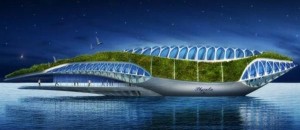
From Vincent Callebaut Architects, this impressive project is meant to navigate through the rivers in Europe in order to clean water and make it drinkable. Its name comes from “Physalia physalis”, meaning “water bubble”. It is a project whose idea came from a major global issue which is the fact that one billion people nowadays don’t have access to drinking water. The giant bubble will actually be a floating garden, completely independent in terms of energy. It is said that the prototype will even make more energy than that consumed. Solar cells and a double pneumatic membrane will form the roof of the construction and similar technologies will be used in order to reach its energy goal. Inside there will be four amazing gardens called “Water”, “Earth”, “Fire” and “Air”. The giant Eco gadget, once built, will be present on the waters of Seine, Thames, Volga, Danube, Escaut. We do not know when this incredible looking structure will be let lose, however we are looking forward to it.
Bob Schneevis is at it again. The man who turned George W. Bush into a robotic Roman warrior has now developed something he calls the Solar Electric Robot Chariot. Showcased at this year’s Maker Faire Bay Area, Schneevis’ single-motor, bot-drawn carriage features a set of battery-juicing solar panels and an array of cameras that control its chauffeur’s mechanized movements.
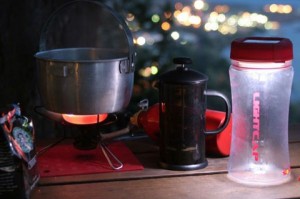
For campers to go green can be a challenge especially for those who have never done it earlier. However it is still possible to go green while camping. Here are 10 green camping gadgets for eco friendly camps.
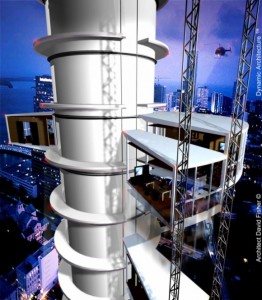
Residents of Dubai may one day experience a unique and constantly changing skyline thanks to Dynamic Architecture’s wind powered rotating skyscraper. The main idea behind their concept involves a central concrete core surrounded by 59 independently rotating levels. The skyscraper would generate its own electricity from the massive horizontal wind turbines that would be stacked in between each floor. This idea may seem outlandish or impossibly expensive, but the oil price boom in Dubai has already funded many other similarly massive and complex architectural projects. If oil prices continue to increase these rotating wonders may be seen on Dubai’s horizon within the next few years.
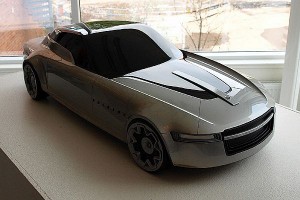
As we know it
The rise in the number of cars on the roads has meant a rise in carbon emissions and a decline in the reserves of oil, the most commonly used form of energy that drives our cars. With increase in the cost of fossil fuels, auto makers have started pushing clean electric cars as a zero emission way to commute. However, considering that even electricity generation isn’t always a clean affair, the idea of vehicles that are driven by it doesn’t seem to be entirely clean either. Moreover, these electron fueled vehicles aren’t that much in demand because of their slow speeds, long recharging times and a reduced operating range.
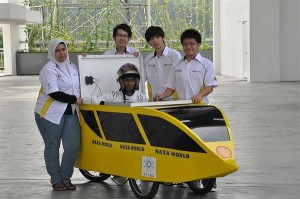
Carbon dioxide emissions, which is the foremost cause of pollution and global warming is mainly generated by the vehicles used for transportation. Wouldn’t it be better to have a car that requires no gas at all? By using highly efficient and clean vehicles that are powered by electricity or by sustainable low carbon fuels or by any other green method like solar power we can definitely curb emissions from the transportation sector.
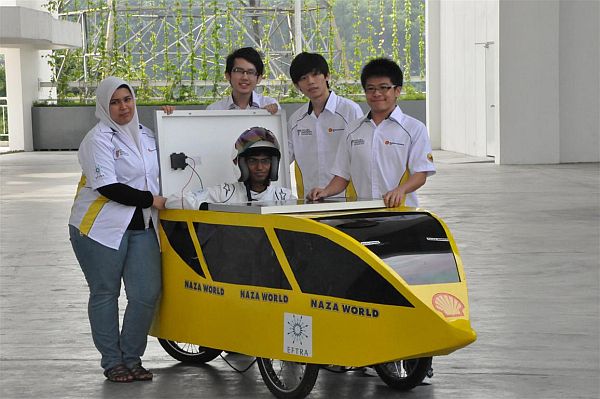
Solar Car created by Taylor’s University
Green transportation has been rapidly growing in the past few years as people are getting aware about the environmental hazards and also because of rising prices of the non renewable source, such as gasoline, that is being used in conventional vehicles. Scientists who are involved in the field of “green technology” are continuously evolving various new methods and materials, from green techniques for generating energy for propelling the vehicles in a cleaner and greener way.
A team of first year students from Taylor’s University School of Engineering, Malaysia, have created a three wheeled vehicle that is fully powered by solar energy. NAZA World has proudly financed these first year student team and has encouraged them to participate in the upcoming Shell Eco Marathon Asia 2011. They have sponsored the young contestants with RM 65,000 and with this contribution the NAZA World Taylor’s Eco Team has designed and built an extremely efficient solar vehicle.
This is the second time that ‘The Shell Eco Marathon Asia’ will be held in Malaysia from July 6-9 in the Sepang International Circuit. The NAZA World Taylor’s Eco Team is one of the 121 participating teams from different universities and their’s is the only team that comprises entirely of first year students. The young team comprises of five members of Low Kean Peng, who also designed the car’s chassis as well as steering and braking mechanism, the only female member Nur Fatinah Binti Abd Aziz and Chia Wai Kit, Wong Zhou Hong and Louis Firnaaz Ahmad.
The solar vehicle was unveiled to the media at Taylor’s University lakeside campus in Bandar Sunway. Mild steel and fibreglass are used to make the three-wheeled vehicle to keep its weight as light as possible. The rear wheel performs the drive and steering. The Bosch-sourced impact hand drill motor which is used to move the car is powered by solar cells.
Source: ecofriend
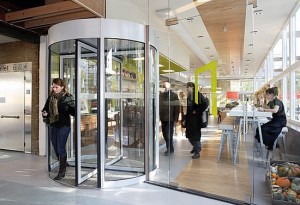
Eco Factor: World’s first kinetic energy harnessing door.
Recently we read about the efforts put in at a Japanese railway station to harness the energy generated when someone walks over piezoelectric devices installed at the railway station’s ticket counters. It seems railways stations will be the first to go completely green with piezoelectric floors and kinetic energy harnessing doors.
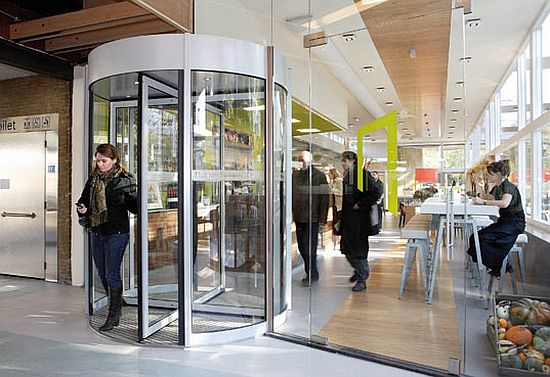
Developed by Boon Edam, the rotating door generates energy every time someone walks through it. It was a part of the refurbishment of the Driebergen-Zeist railway station. The door is expected to generate about 4600kwh of energy annually, which might just be enough to run some coffee machines at the railway station.
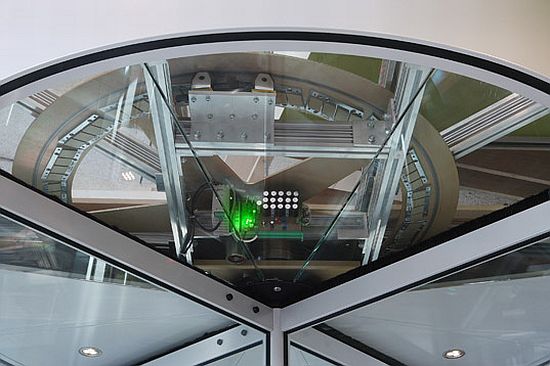
The Dark Side:
4600kwh is nowhere near to the amount of renewable energy we might need to end global warming. However, the efforts and the technology are highly commendable. Maybe the choice for the location of the door should have been a superstore, instead of a railway station, especially during the holiday season.
 Follow
Follow